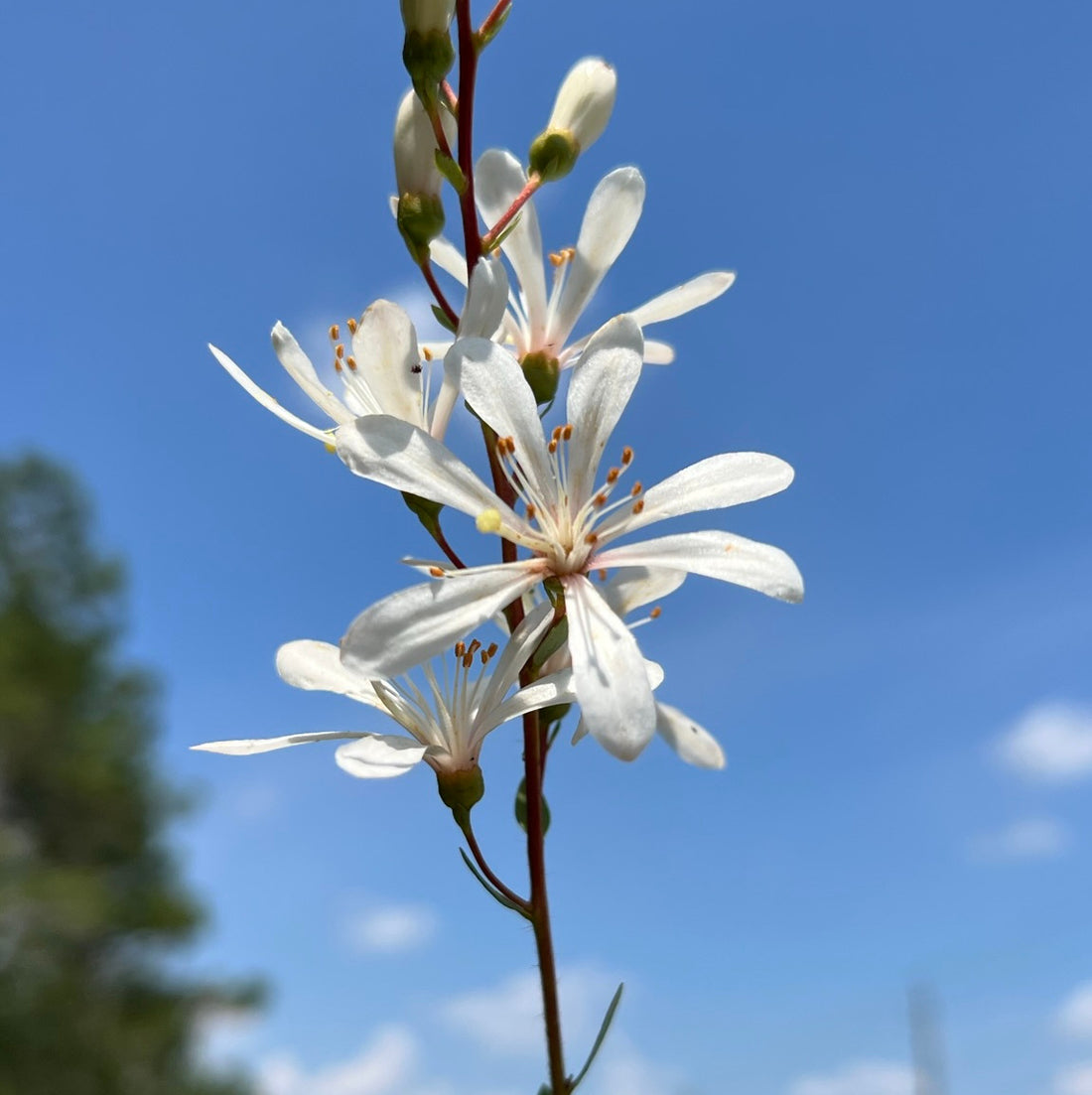Florida is home to a diverse array of native wildflowers, and one of the most beautiful and unique species is the Tarflower (Bejaria racemosa). This stunning wildflower is native to the southeastern United States, with its largest populations found in Florida. In this blog post, we will explore the characteristics, habitat, and importance of the Tarflower in Florida's ecosystem.
What does the Tarflower look like?
The Tarflower is a perennial shrub that can reach heights of up to 6 feet. It has dark green, leathery leaves that are arranged in an opposite pattern along the stem. The flowers of the Tarflower are small and white, with a delicate, star-like shape. They are clustered together in terminal racemes, giving the plant its name. The flowers bloom from late spring to early summer, attracting a variety of pollinators, including bees and butterflies.
Where can you find the Tarflower in Florida?
The Tarflower is primarily found in wetland habitats, such as bogs, marshes, and wet pine flatwoods. It thrives in areas with acidic, sandy soils and is often found growing alongside other wetland plants, such as saw palmetto and gallberry. The Tarflower is most commonly found in the central and northern regions of Florida, but it can also be found in some parts of the southern region.
Why is the Tarflower important?
The Tarflower plays a vital role in Florida's ecosystem. It provides a source of nectar and pollen for bees and butterflies, making it an important food source for these pollinators. Additionally, the Tarflower is a host plant for the larvae of several butterfly species, including the Florida white and the Henry's elfin. By providing food and habitat for pollinators and butterflies, the Tarflower contributes to the overall health and biodiversity of Florida's natural areas.
Conservation efforts for the Tarflower
Due to habitat loss and degradation, the Tarflower is considered a species of concern in Florida. Wetland drainage, urban development, and invasive plant species pose significant threats to the Tarflower's survival. To protect this native wildflower, conservation organizations and land managers are working to restore and preserve its natural habitat. Efforts include wetland restoration, invasive species removal, and public education about the importance of native plants.
In conclusion, the Tarflower (Bejaria racemosa) is a beautiful and important native wildflower in Florida. Its unique characteristics and habitat make it a valuable part of Florida's ecosystem. By understanding and appreciating the Tarflower, we can contribute to its conservation and ensure that future generations can enjoy its beauty.

